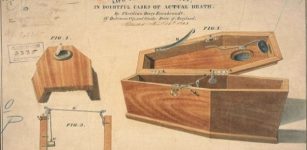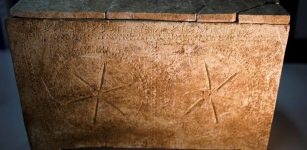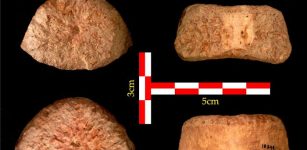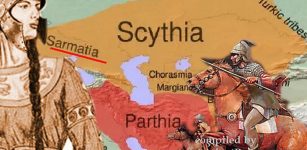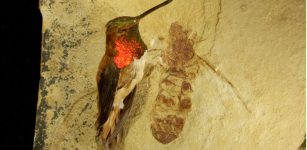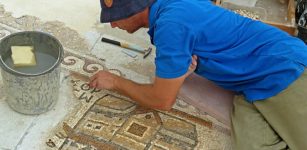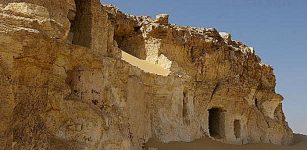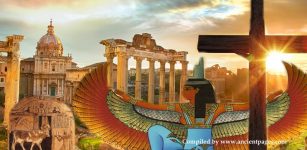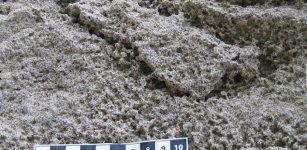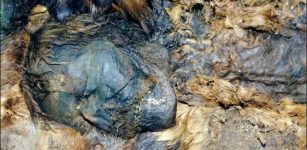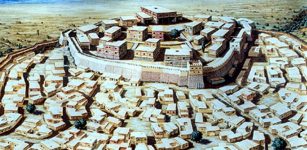Qeros: Study Of Drinking Vessels Provide New Clues To Long Traditions Of Andean People
Conny Waters - AncientPages.com - The beautiful drinking vessels known as qeros (or q’eros) have a long history in the region of Cuzco. They were wooden cups that the natives always made in pairs. This tradition is closely associated with Andean duality.
The cups were made in two forms, one was utilitarian and the other ceremonial. They were used for toasting rituals in the Andean societies for millennia Especially, the ceremonial qeros were beautifully decorated with designs related to religious traditions, agriculture, herding, and history.
 A qero from the collection of the Smithsonian National Museum of the American Indian. Credit: Alyson Thibodeau
A qero from the collection of the Smithsonian National Museum of the American Indian. Credit: Alyson Thibodeau
Now, researchers studying lead white pigments on ‘qeros’ have found new similarities among these artifacts that could help museums, conservators, historians and scholars better understand the timeline and production of these culturally significant items during the colonial period (1532-1821). They used isotope measurements of lead white pigments in the decorative patterns on 20 colonial qeros to reveal linkages among vessels that were unknown previously.
The analysis identified only three isotope signatures among the lead white pigments decorating the qeros. Two of these isotopic signatures, present on a total of eight qeros, are the same as found in lead white paints used in European artwork from the same period. This match suggests these qeros are decorated with pigments imported to the Andes from Europe.
The third signature, found on 12 of the qeros, suggests that the lead white was manufactured locally in the Andes.
"Little is known about the history of colonial qeros now in a museum or private collections. The results could lead to a better understanding of the objects' chronology and production," explained Alyson Thibodeau assistant professor of earth sciences at Dickinson, who along with geochemist Alyson Thibodeau, assistant professor of earth sciences at Dickinson, along with Allison Curley, a former Dickinson College undergraduate, carried out the analysis.
 Qeros - Andean drinking vessels. Image source
Qeros - Andean drinking vessels. Image source
Thibodeau also said that "for example, it is possible that qeros made earlier in the colonial period are decorated with European lead white, while qeros made later are decorated with lead white made from Andean ores. Further, the results strongly suggest some form of centralization in pigment acquisition, manufacture, and distribution in the colonial period."
"The consistency of the data was both surprising and satisfying," said Curley, who has been collaborating with Thibodeau on this project since 2017. "It is exciting to see geochemistry provide insights into some longstanding historical and archaeological questions, and I was absolutely thrilled to present these findings to the Society for American Archaeology and to the conservators at the Smithsonian."
"It's important for those studying qeros all over the world to have a better understanding of the Andean people who made and used qeros during a time of colonial rule," said Emily Kaplan, conservator for the Smithsonian National Museum of the American Indian, which has the largest collection of qeros in the United States.
Kaplan hopes the research will lead to more radiocarbon dating, which will reveal more about the chronology of qero production. "Style and iconography have been used to help establish production timelines, but there's a lot of guesswork involved."
Written by Conny Waters - AncientPages.com Staff Writer

